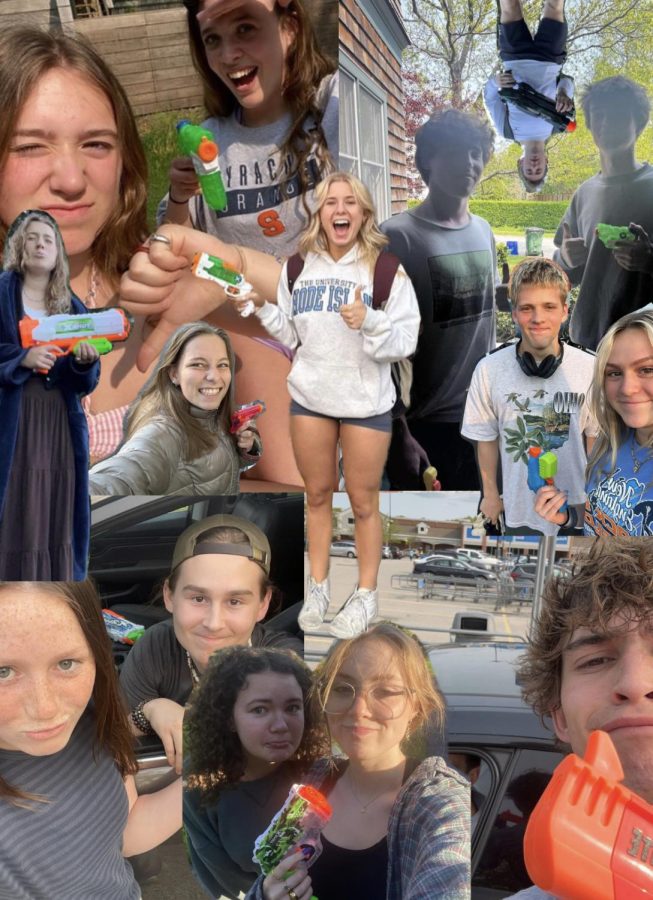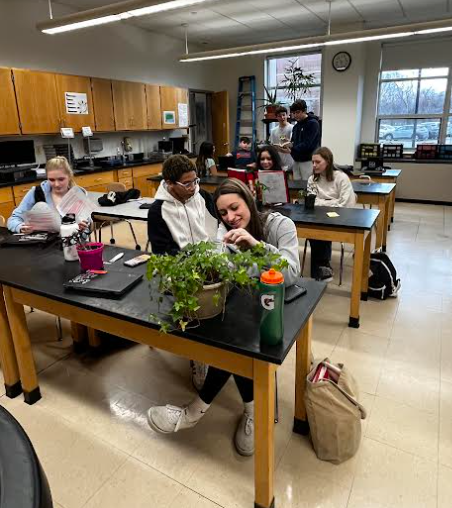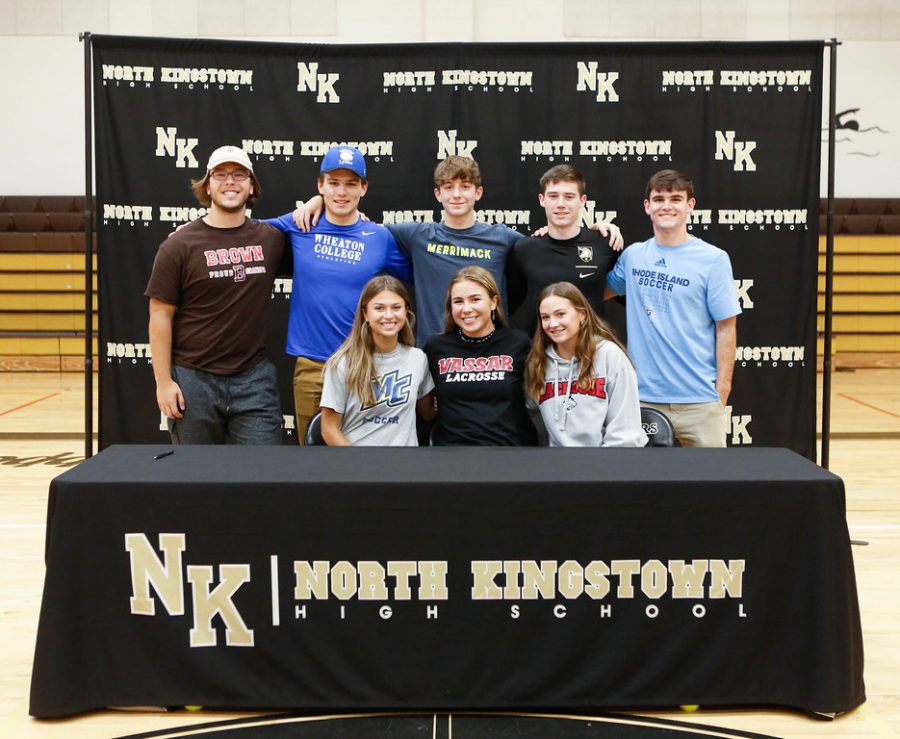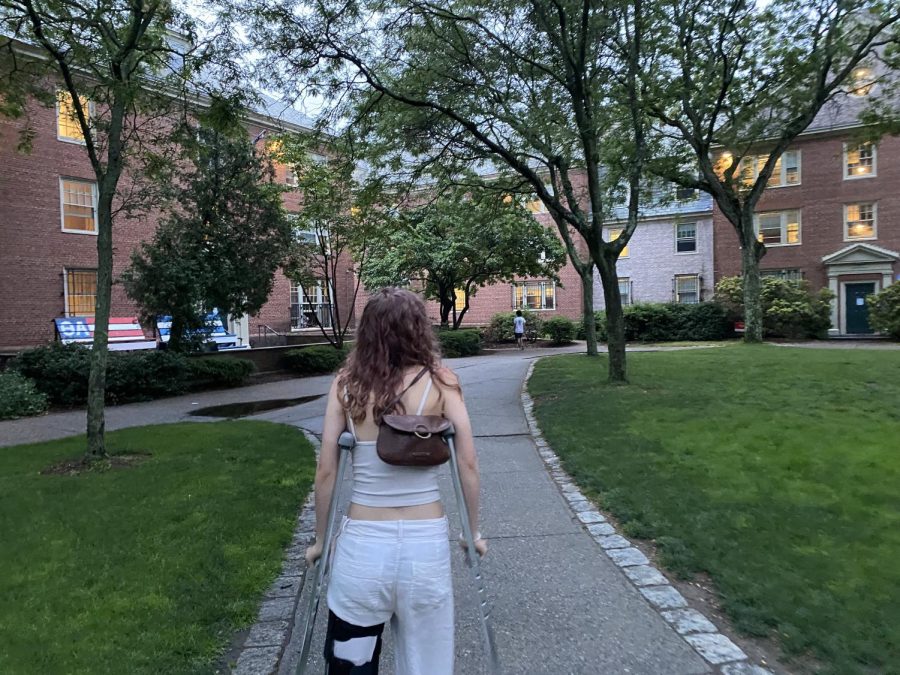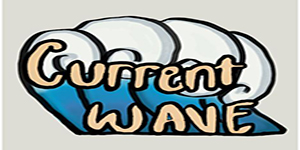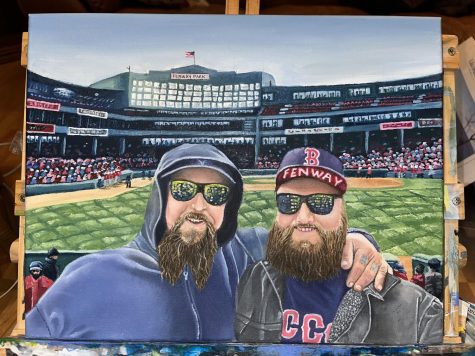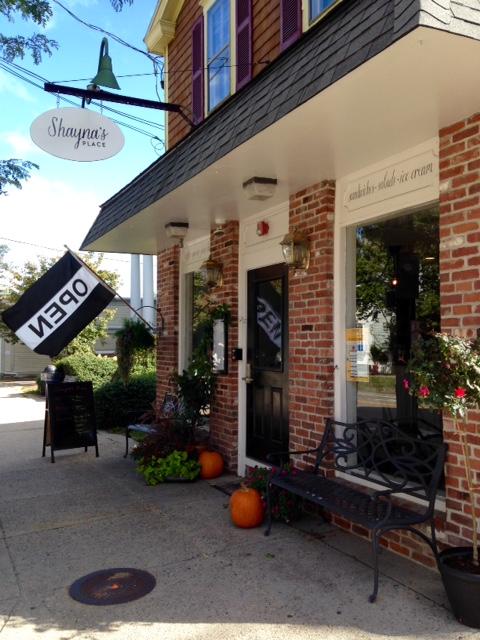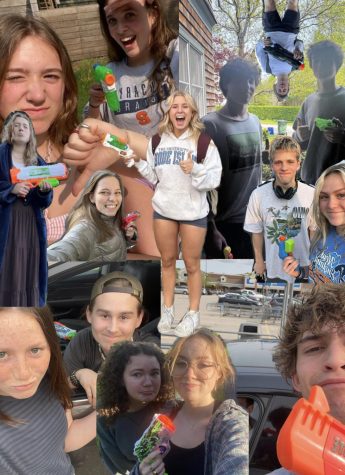The Skippin’ Jakes
February 6, 2023
A dense haze of smoke fogs the lens of your mask. Frantically, in the pitch black, you post up against the almost invisible wall of the house, walking single-file with your fire team, keeping your hand on the wall’s surface; it’s easy to get turned around in a building billowing with smoke.
The point man of your response team describes the layout of the room he’s explored so far. Extending your leg, you stomp and sweep it across the ground; you’re feeling for bodies.
Eventually the firefighter in front of your train exclaims that he’s picked up a man on his TIC (thermal imaging camera), collapsed in the middle of the room. He tells you, his shouts muffled by his air-filter, to reach out and grab the guy.
Putting your boots against the grimy wall to keep your sense of direction, you drop to the ground, sliding across the floor, you grope around until you feel the jacket of the man. Grabbing him by the straps on his coat, you drag him out of the room, escorted by your team.
Reaching a window, you hoist him up and over the sill into the arms of waiting firefighters, then you push yourself up and out of the window, alighting on the ground only a foot below, with a few claps of approval from your instructors.
You just completed a training scenario as a volunteer firefighter. The EMS barn had been fogged out tonight, and the man you had rescued from suffocation was your father, Captain Delessio of the Jamestown Fire Department.
This was reality for Caitlin Delessio, a volunteer firefighter and Skipper. You’ll know her in the halls by her charming, slightly spunky personality and easygoing slang.
Commenting on the training at the EMS barn that night, Caitlin said, “That drill was just difficult because you can’t see sh–, mhm, stuff.”
“The whole room is fogged out, you’re in full P.P and you’re on air … and when you’re on air you need to be careful of how much air you’re using because you have limited because you have a tank behind you,” she added.
After listing all of these difficulties, she assured me that pulling her father out was the simplest task.
Caitlin isn’t the only student at NK to volunteer at the Jamestown Fire Department, however. “Pretty everyone from Jamestown is on the fire department,” she said.
These Skips further include – among others – seniors Alex Pitrella, Aria Carnevale, Owen Carrol, and junior Adam Bush.
This is not to mention all of those firefighters who have since graduated from NK. North Kingstown has a relationship with Jamestowners that goes way back, especially with those on the department. Connor Smith, for example, is a 2018 NK graduate currently going through training with me.
The department is made up largely of Jamestown residents, most of whom, including the senior firefighters, have been a part of it ever since they could join, which is 15. As a trainee, you can’t go on calls until you complete training and turn 18. However, you do get to become part of the team, receiving gear, training, and character-determining experiences.
The first thing you do is receive gear to train with. It had been barely five minutes after I had walked in with my application form until I was already fitted by the chief of the department, a kind, fiery old man with a twinkle in his  eye and good sense in tailoring.
eye and good sense in tailoring.
You are allowed P.P. stands for Personal Protective equipment (think the big jackets, gloves, and boots you see on Chicago Fire), a helmet, and a respirator system, which includes your mask and air tank
After you are given all your gear, you can begin training as soon as you finish tying your shoes. The first night I got there, after I had demonstrated under the watchful eye of the chief that I could put on my coat, I was stuffed (quite literally) into the ladder truck and driven off with a few others to an old bunker where we learned how to break down doors with a halligan (ultima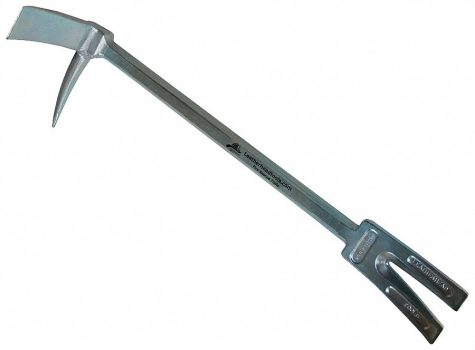 te apocalypse weapon, shown right) and a crowbar.
te apocalypse weapon, shown right) and a crowbar.
Trainees also receive CPR certification on principle on top of training in various other subjects. Some notable scenarios include dressing hydrants, ladder work, search and rescue, and live burns: staged scenarios where firefighters train with an actual fire.
“The live burns are at Beaver Tail in one of the old forts,” Max Pitrello said in an online interview. “It’s all concrete so it won’t get out of control.”
While most live burns take place in this cold, dark fort which lines Beaver Tail’s coast, as a volunteer you may need to be prepared to work in “improvised” live burn situation outside of these parameters.
One such incident occurred at a training at the Jamestown golf course. While smoking out the buildings there to train in reduced visibility, wind picked up and spread the fire in threatening torrents throughout the area.
“They needed to call mutual aid too, because it got out of control,” Pitrello said.
Despite the unexpectedness of the situation, this scenario regardless served to prove the mettle of firefighters and gave them an opportunity to demonstrate their principles. Caitlin Delessio gave me a description of such principles that were used that night.
“The first thing of being a firefighter is not to just save the building, you want to save human lives. So if you have to destroy one of the 10 million dollar homes in Jamestown to save one person, that’s what you do.” At the same time, she added that as a firefighter, you have to balance the risk to yourself and your fellow firefighters with whether or not you plunge headfirst into that building.
It is the trying moments like these, and the principles you learn from them, that really give worth to the volunteer firefighting experience, one which shapes your character, and the values you hold. It is job dependent not just on personal capability, but on your relationship with the team as well.
“It’s good to get experience with members of the community … you learn from different perspectives instead of just learning from kids my age,” Caitlin said. “You also get a huge range of people, not everyone there is from Jamestown, and so I get to meet a whole bunch of people and see what they do for actual jobs.” She also said that she’s interested in pursuing a medical career, “and part of that is because of the fire department.”
Aria Carnevale has her own story to share about the life altering connections you make in the fire department. Below is a picture which speaks the thousand words for me.
Aria explains in her own words the significance of the photo.
“The man on the right is Johnathan Caito, a longtime Jamestown firefighter. On the left is his best friend Will Kits, who was also a firefighter who died in a motorcycle accident about six years ago. They were best friends. After meeting Johnathan and hearing the story of his and Will’s friendship during a Thursday night training session, I decided to paint the picture for him because the story really touched me. ”
In a post on social media, Jonathan Caito would go on to convey the monumental effect that the picture had on him. In his own words, “Everything else that I feel I have accomplished over the years, as important as they may have been, this [messed] me up the most. All of the friends I have made, memories, whatever… but this picture has made all of the years worth it.”
For all these reasons and more, JFD holds an important place in not just my heart, and not just in the halls of NK, but in the hearts and minds of countless firefighters, and in the culture of Jamestown. The volunteers, the captains, the trucks, the station, all are parts of a collage of memories and relationships which leave their red mark on both those who were served and those who had the honor of serving.
